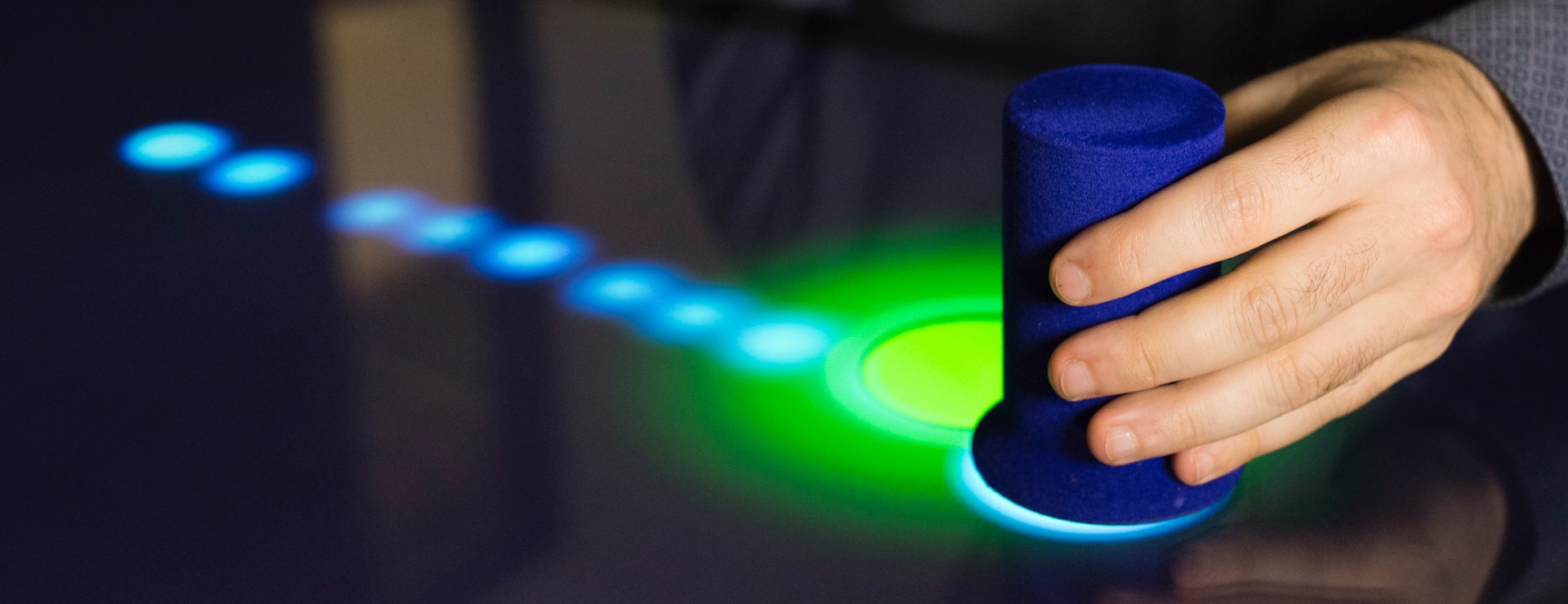(All information in this case study is copyright protected, confidential and must be treated with strict privacy. Non-disclosure policies apply to this project whilst in development.)
Dynamic Neural Arts utilises innovative technologies to scientifically validate products that improve neural performance. DNA has developed an Interactive Software platform to support movement assessment and rehabilitation for individuals with an acquired brain injury. The system provides patients with an intuitive workspace that affords basic gestural control that integrates digital media software, tangible user interfaces (TUIs), augmented feedback, and artistic expression to enhance patient’s motor and cognitive skills.
The software and technology has been in research for over 10 years and is now in a current phase of commercialisation.
My Role
I was brought in as the Lead UX Designer to assist with the design and development of the integrated Web Application. I adopted a design-sprint approach to initiate ideas and development direction that progressed into product iterations, user testing and validation. My key roles in this project included;
- Lead UX Design, UI & IA
- Digital Art Direction
- Digital Production
Lean UX
As a start-up business venture with a number of approaching milestones and deliverables it was quick to recognise the project required a lean agile ux process.
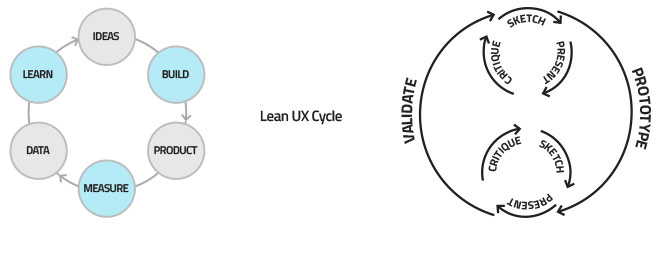
Learn

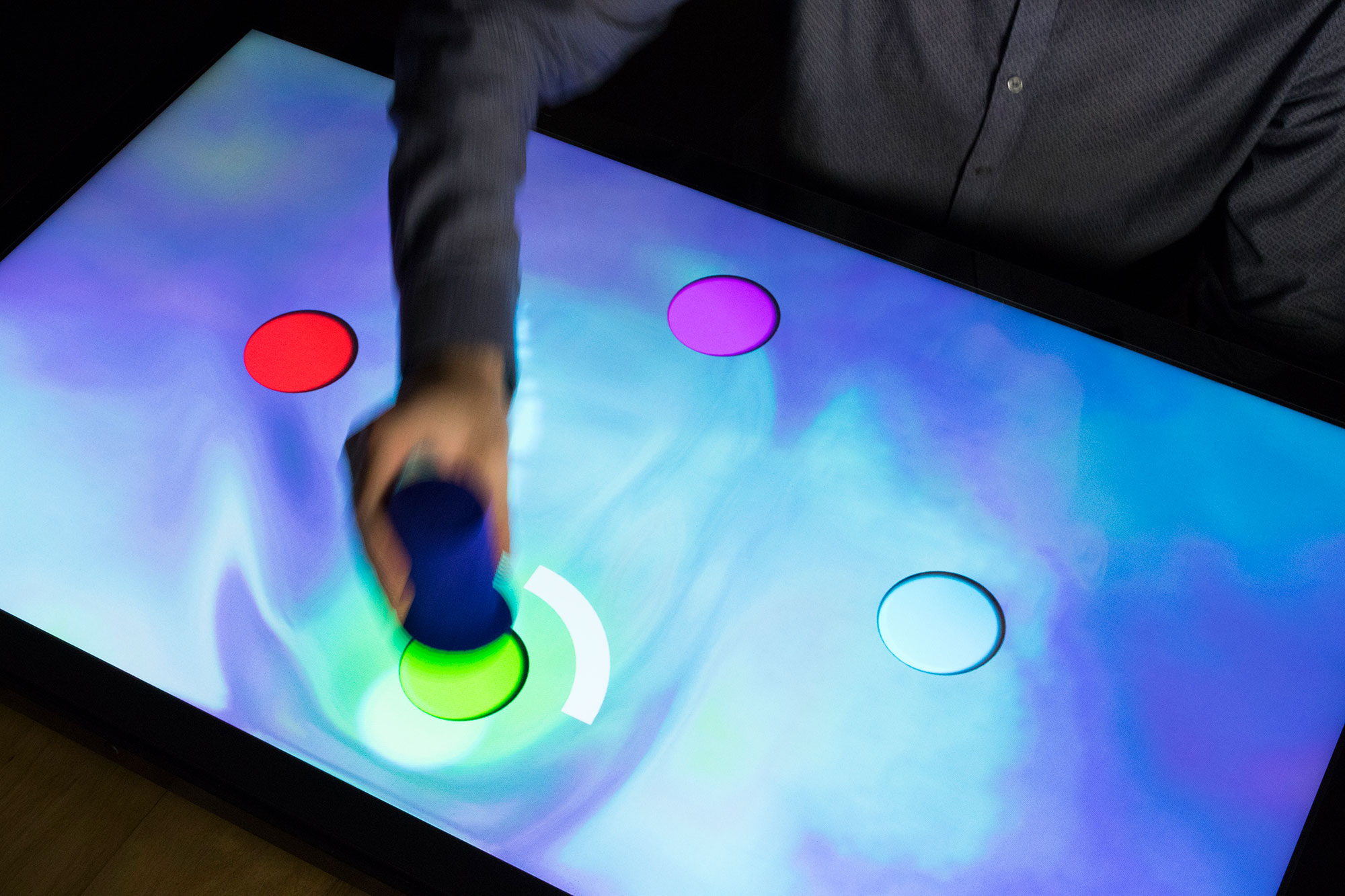
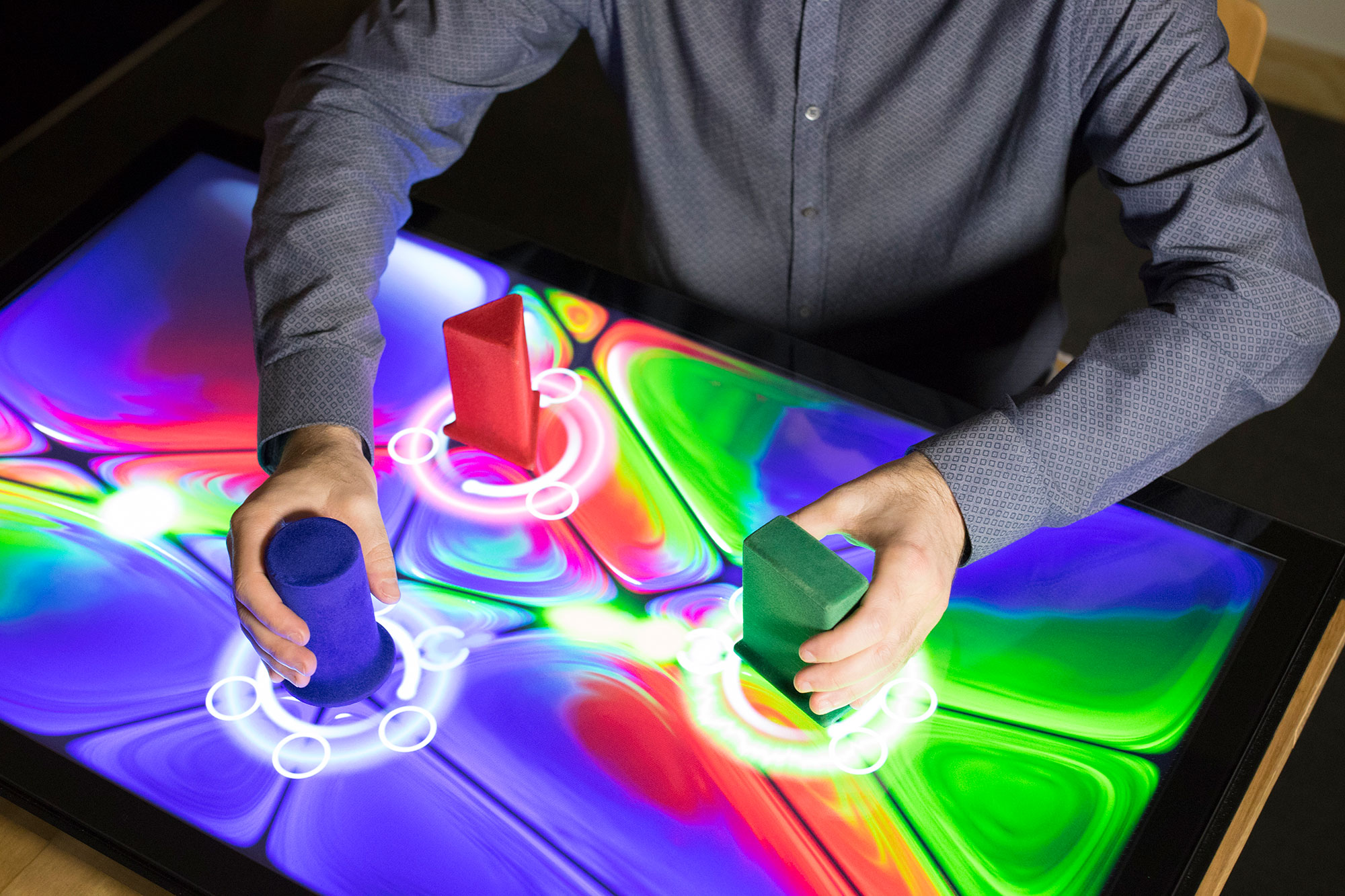
BRIEF
Scope & Definition
- Design and build a bespoke Web Application Software Platform to manage the administration, setup and distribution of patients information and performance from the Interactive Software Application Tool (ISAT)
- The Web App needed to connect with the Tabletop and Tablet devices via the cloud and report patient’s interaction during their rehabilitation
- Design & build a website to promote the company and project
What problem are we trying to solve?
Currently, the rehabilitation can only operate in a hospital setting on a custom made, table-top, touch screen monitor with limited published data to support the clinical benefits. Commercialisation of the technology in this form is relatively unattractive. To expand the available market size and reach of the technology, the proposed development plan will incorporate a tablet for patients to take home and repeat tasks independently of the therapist and task performances reported.
GOALS & OBJECTIVES
Design and build a Minimum Viable Product (MVP) that users can test, stakeholders can demonstrate, and research data can be collected and validated for the ISAT.
RESEARCH
Research & Competitor Analysis
Whilst the current table-top rehabilitation device had been in product development and research for over 10 years there was no research into the viability of the tablet version in the market. Extensive research and competitor analysis was done in collaboration with other team members to explore all aspects of its commercialisation.
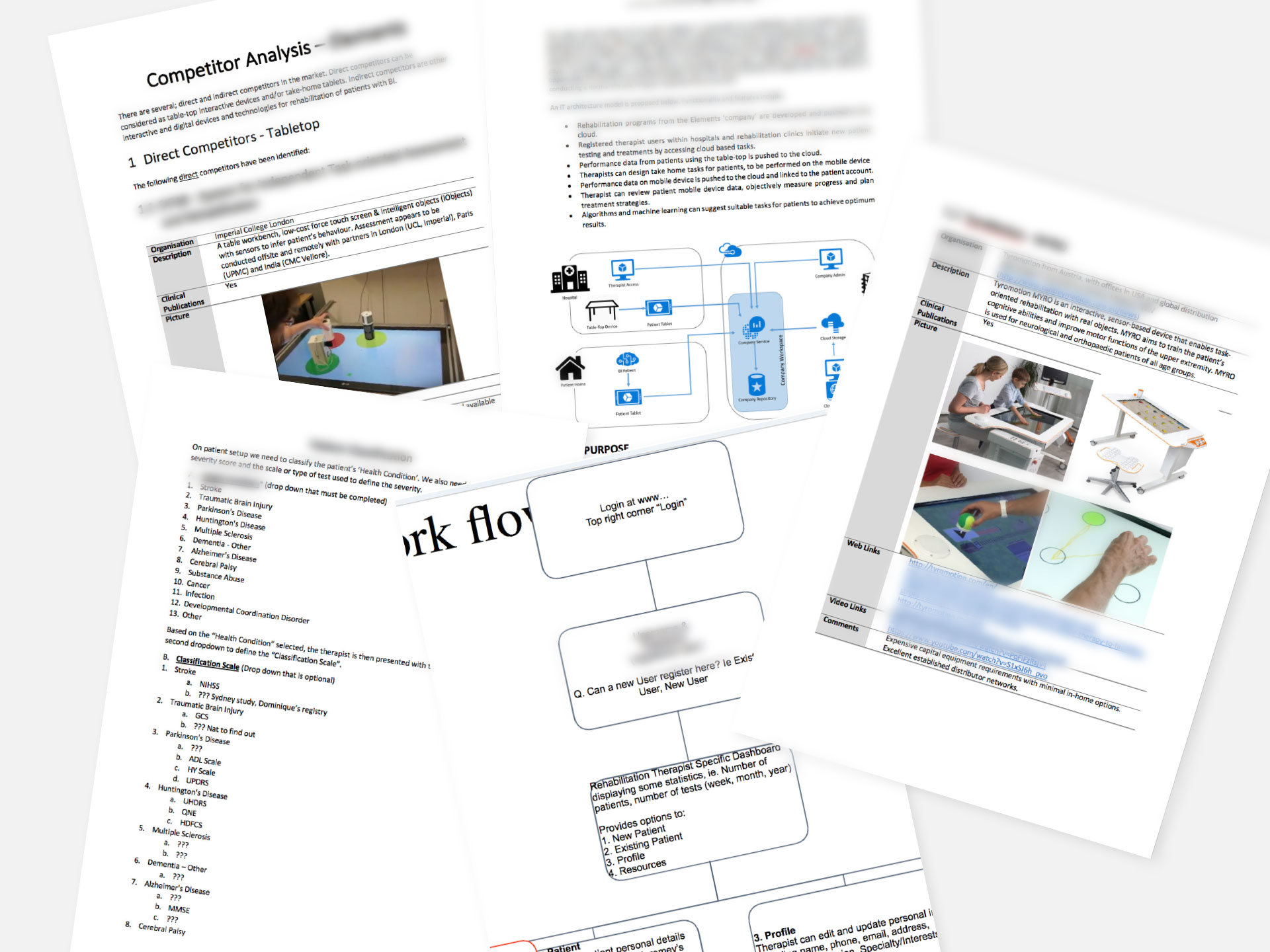
Discover & Scope Workshops
Integral to any project of this nature is collaborative involvement. It was my role to initiate and conduct several discovery workshops with stakeholders, project managers, 3D animators, designers, and developers. Whilst some documentation was available, it was clear the project needed a UX Designer. The workshops helped define business objectives and the Minimum Viable Product.
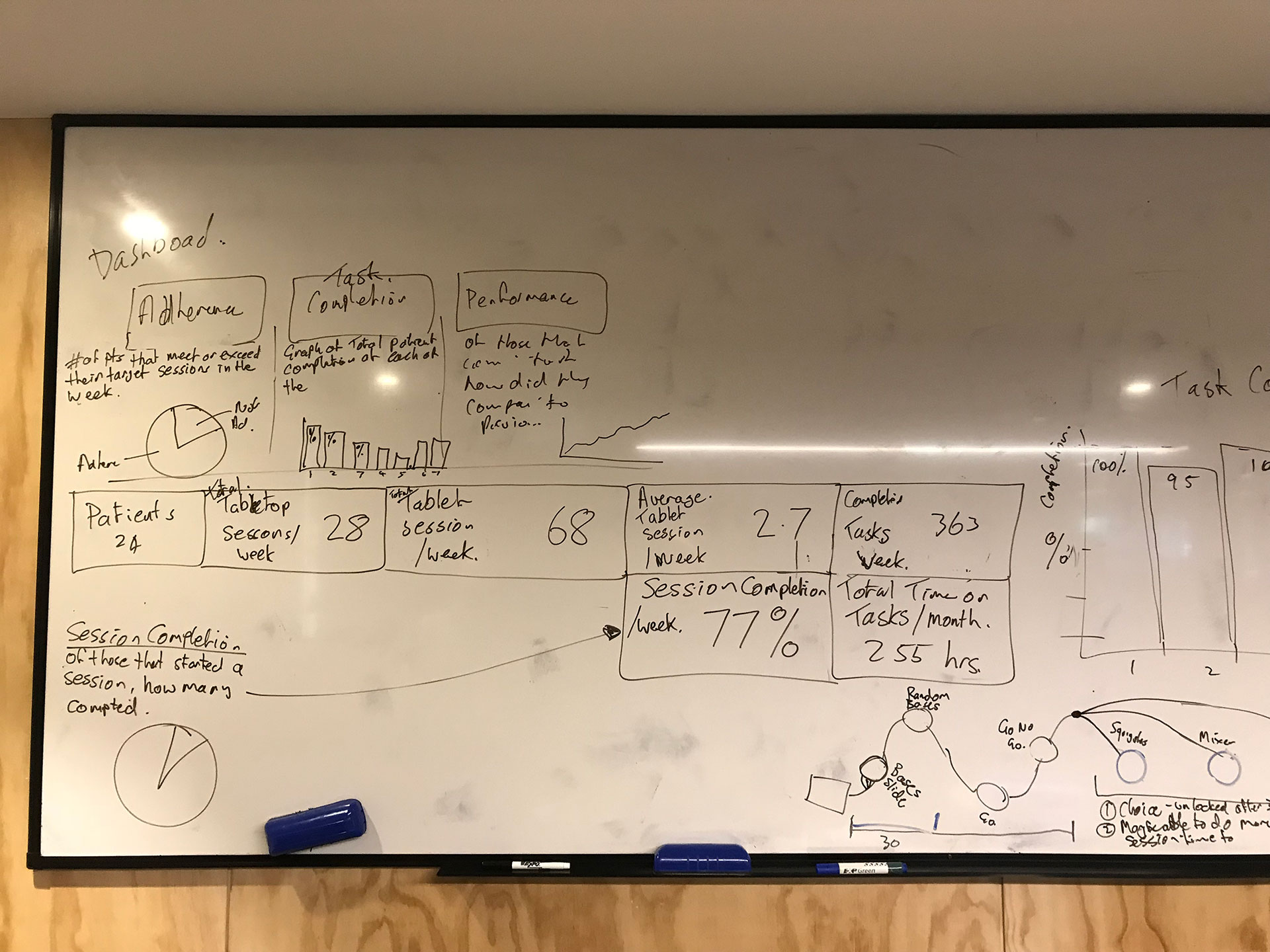
Interviews & Surveys
Several approximate 30 minute interviews were conducted with different stakeholders, potential clients and users. These interviews were one-on-one and involved exploratory questioning to ascertain aspirations and objectives. Additional open table demonstrations and discussions were also conducted to give project context for potential on boarders which I had prepared questions for.
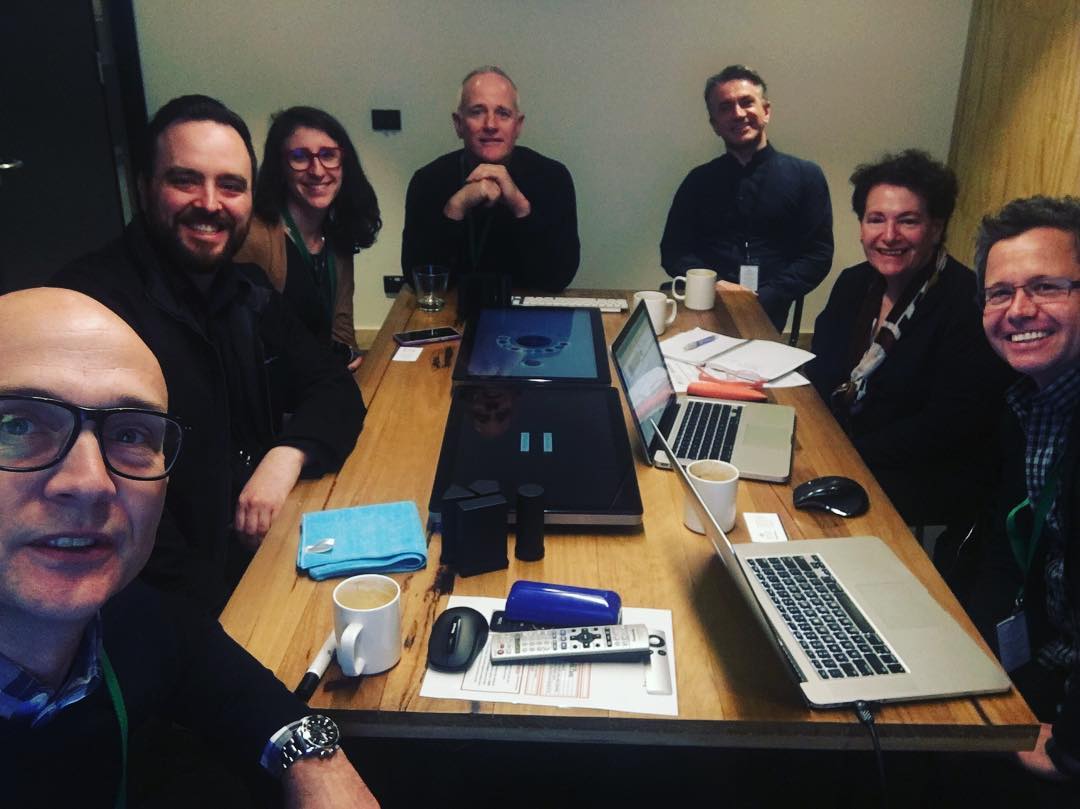
User Flow
My role was to map out the user flow for the web app. Technical software documentation was available for the proposed platform, but it was over 12 months old and many new features and requirements had been added. I first worked up sketches and diagrams taken from the workshops and then finalised the user flow iterations in Sketch with the presentation in Invision.
Information Architecture
Extensive planning and consultation with project and technical managers was undertaken to define and development the Information Architecture. Card sorting was used throughout the various revisions in an informal and collaborative environment.

Build
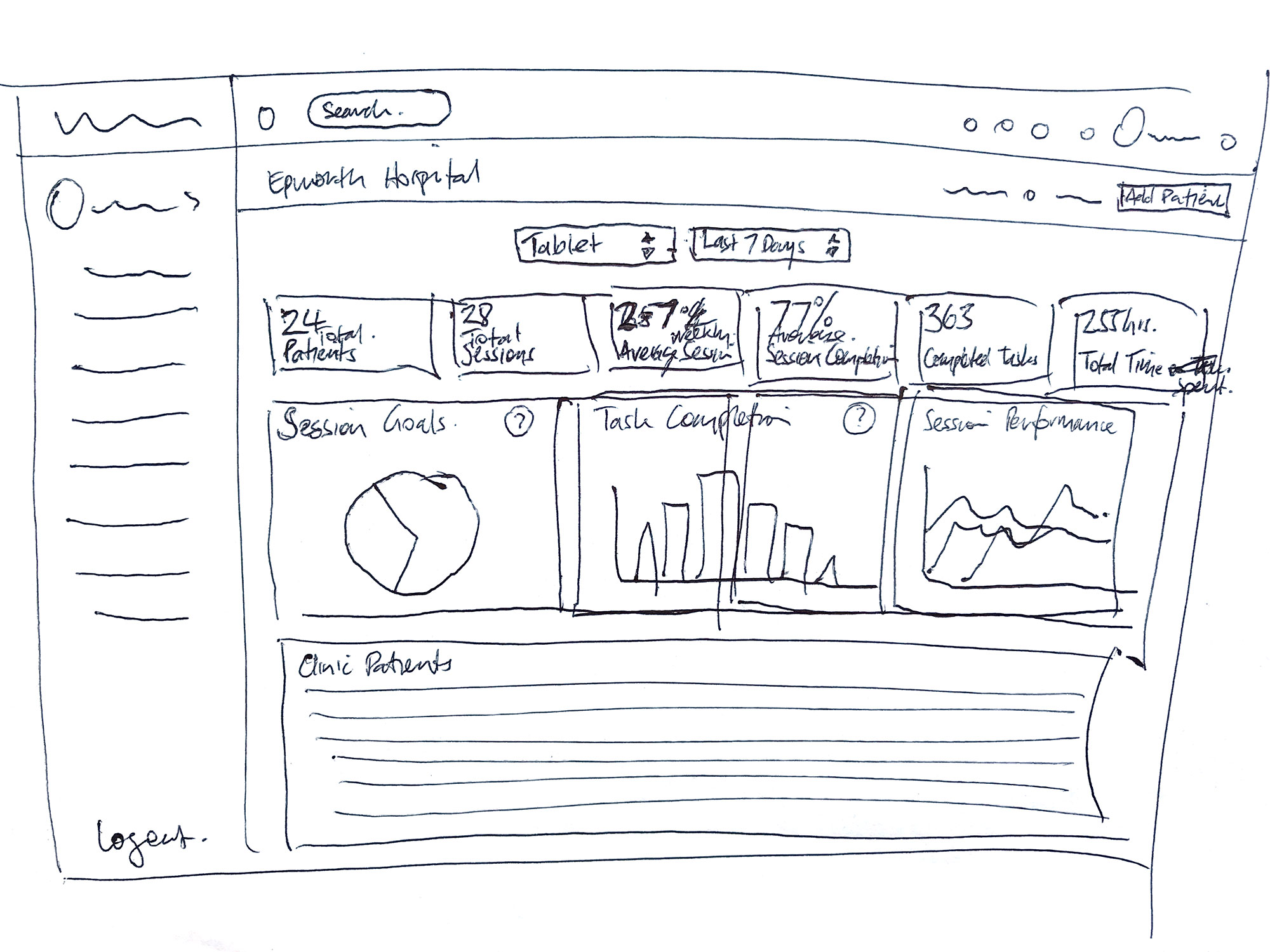
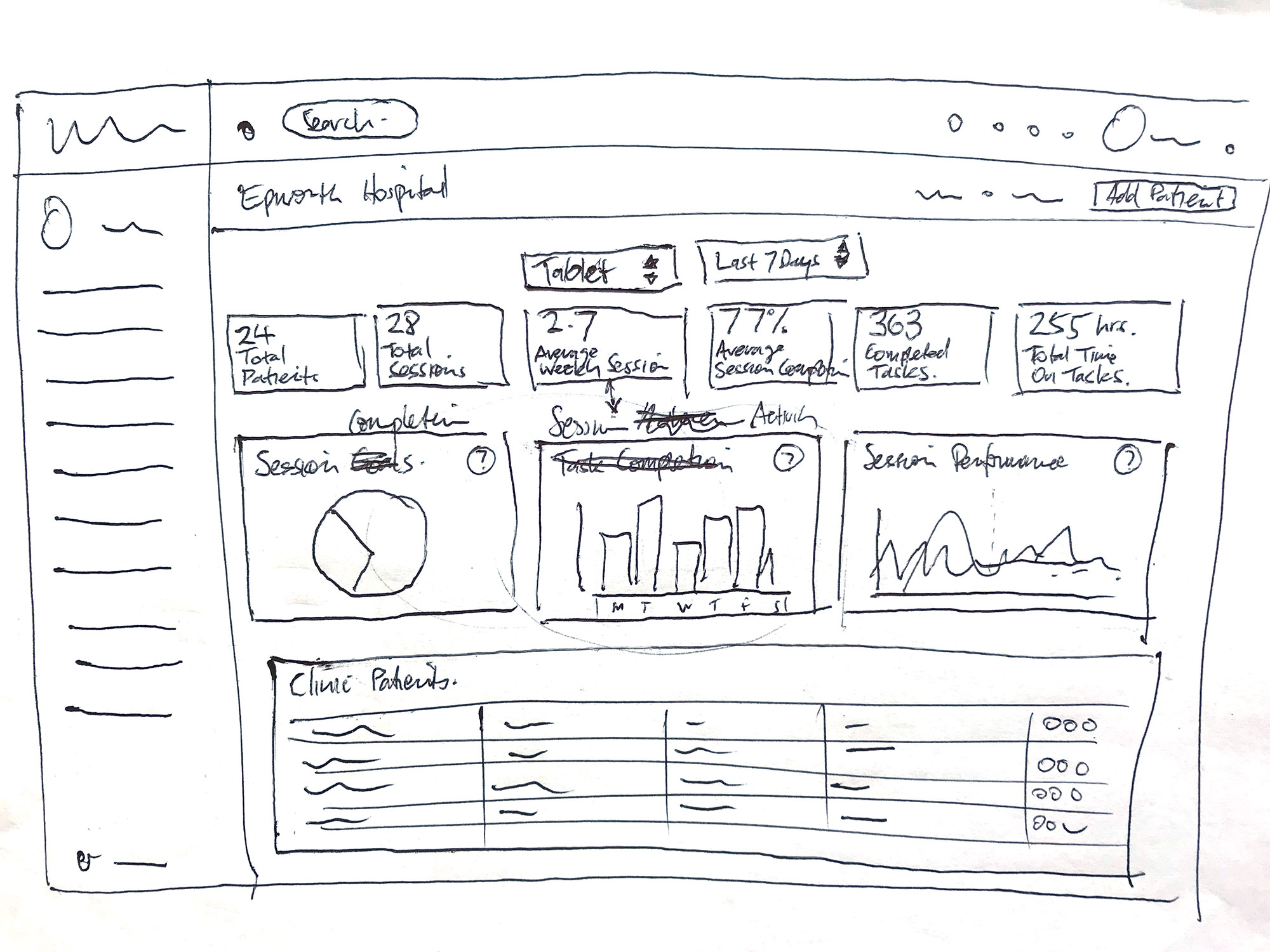

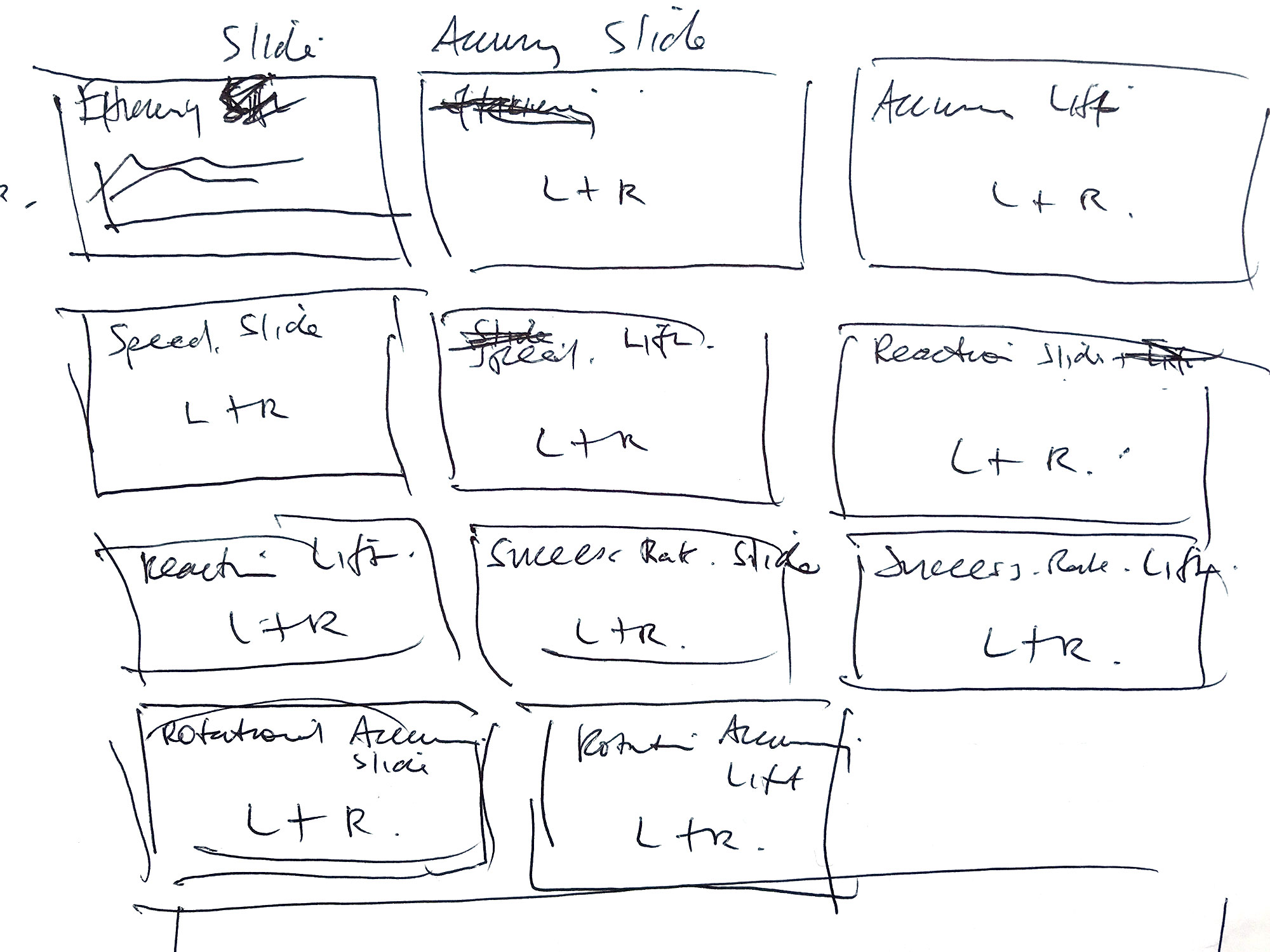
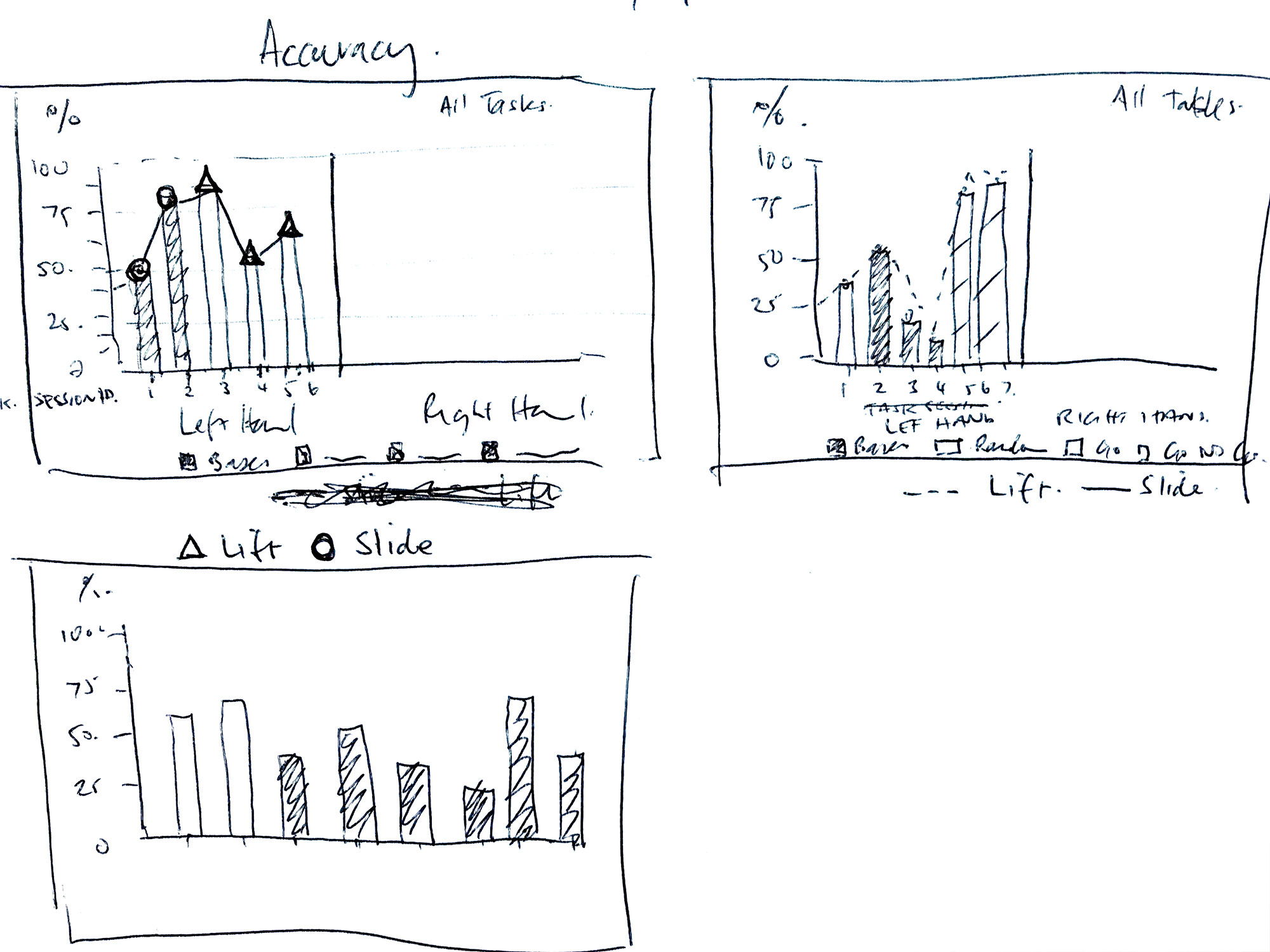
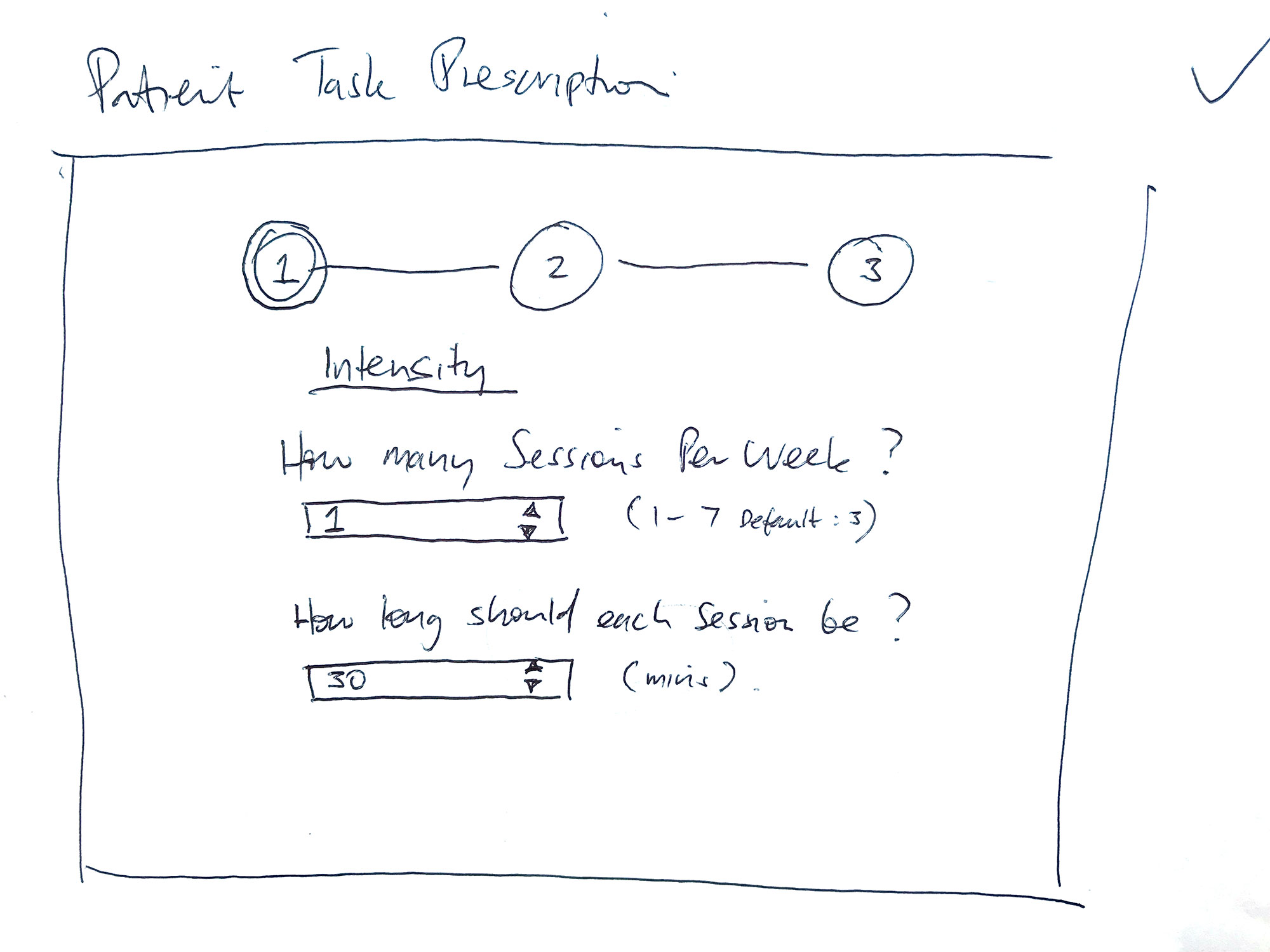
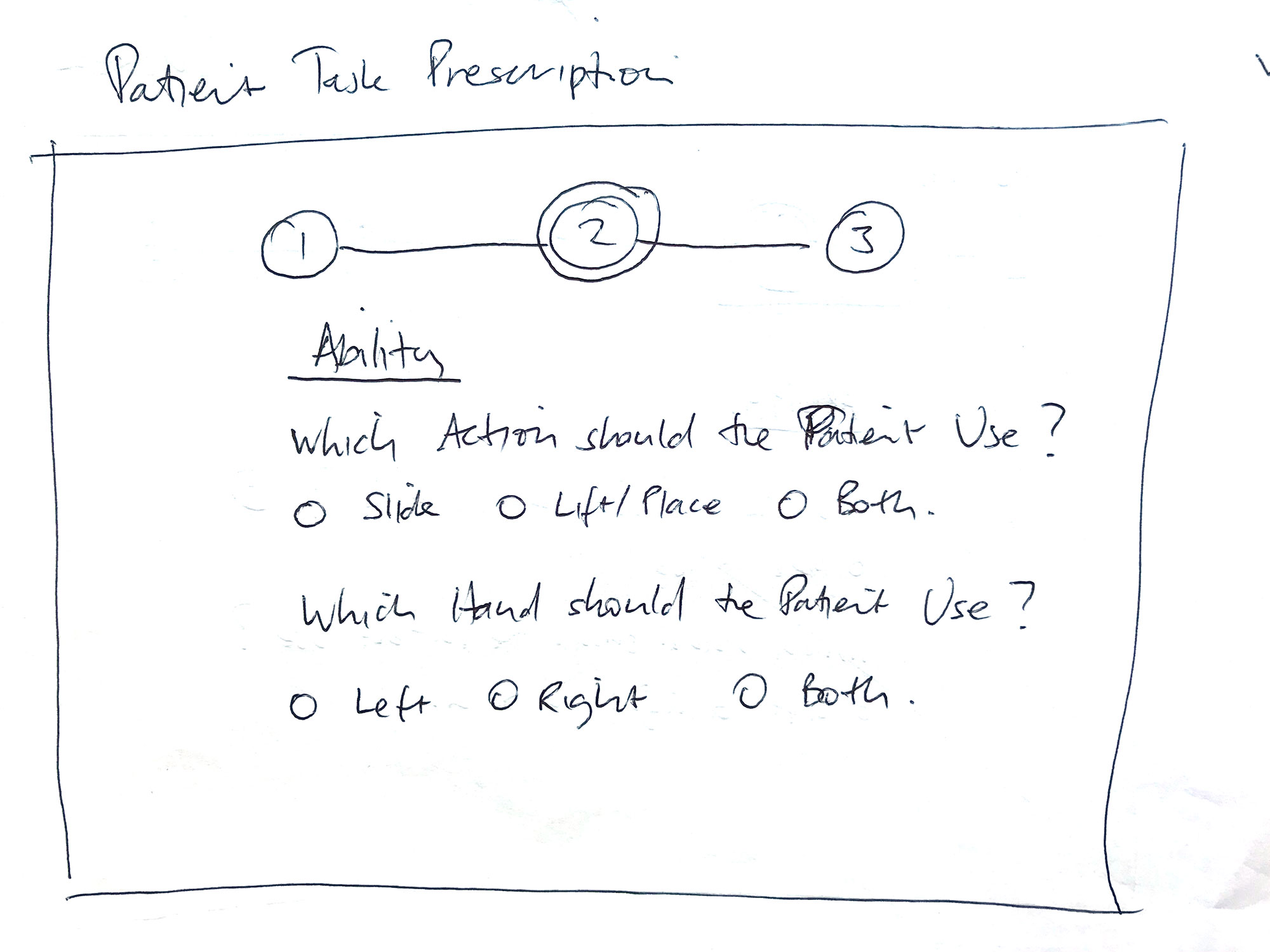

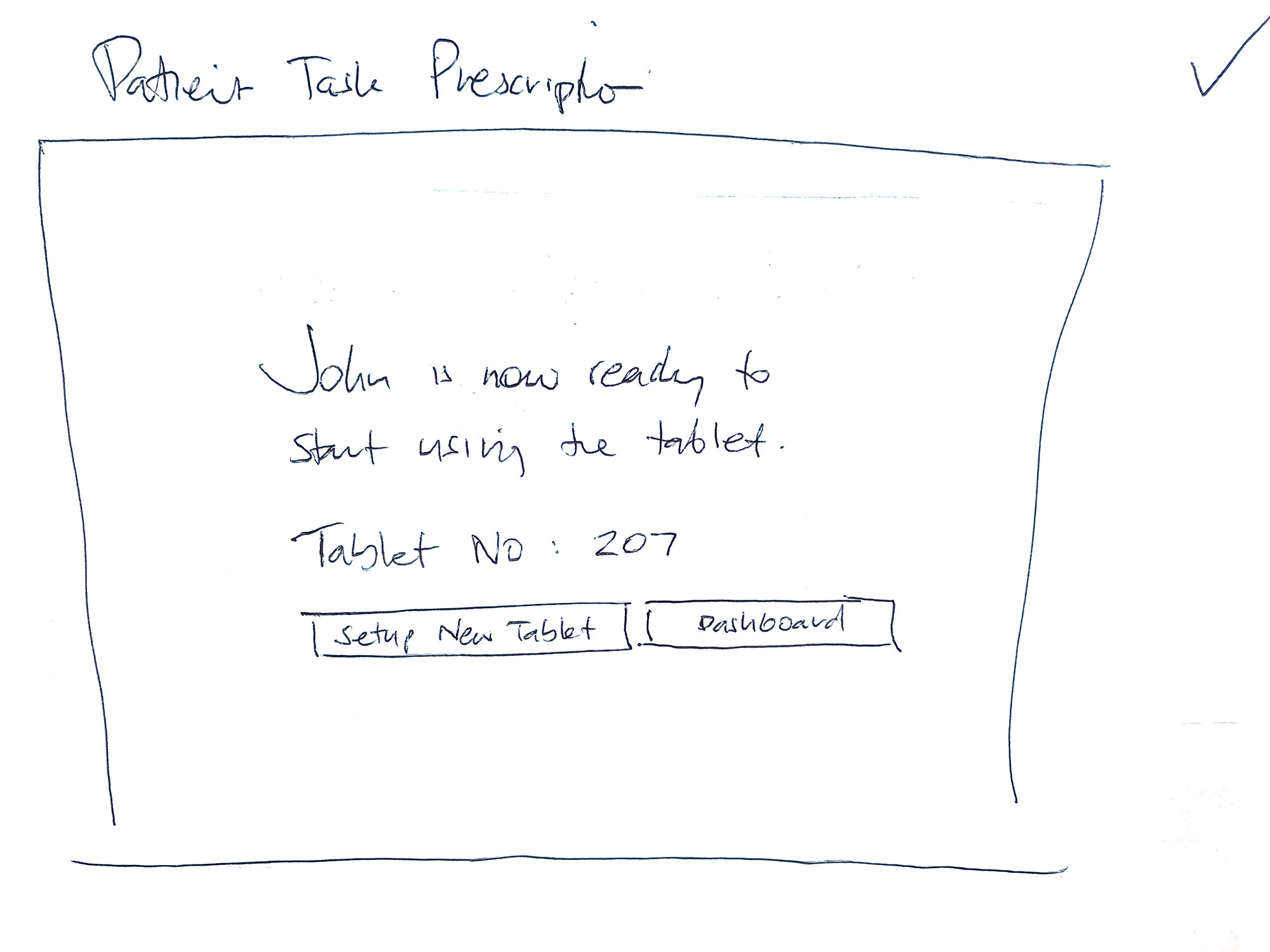
Sketches
Quick and rapid sketches for the web app were necessary to get ideas and discussion going. Dashboard inspirations were sourced from research in collaboration with the lead technical developer on the project. It was my role to design, sketch and present solutions for the web app that could be easily and rapidly deployed for the MVP. Due to limited funds, approaching deliverables and the unavailability of users, the testing of sketch prototypes was not possible.
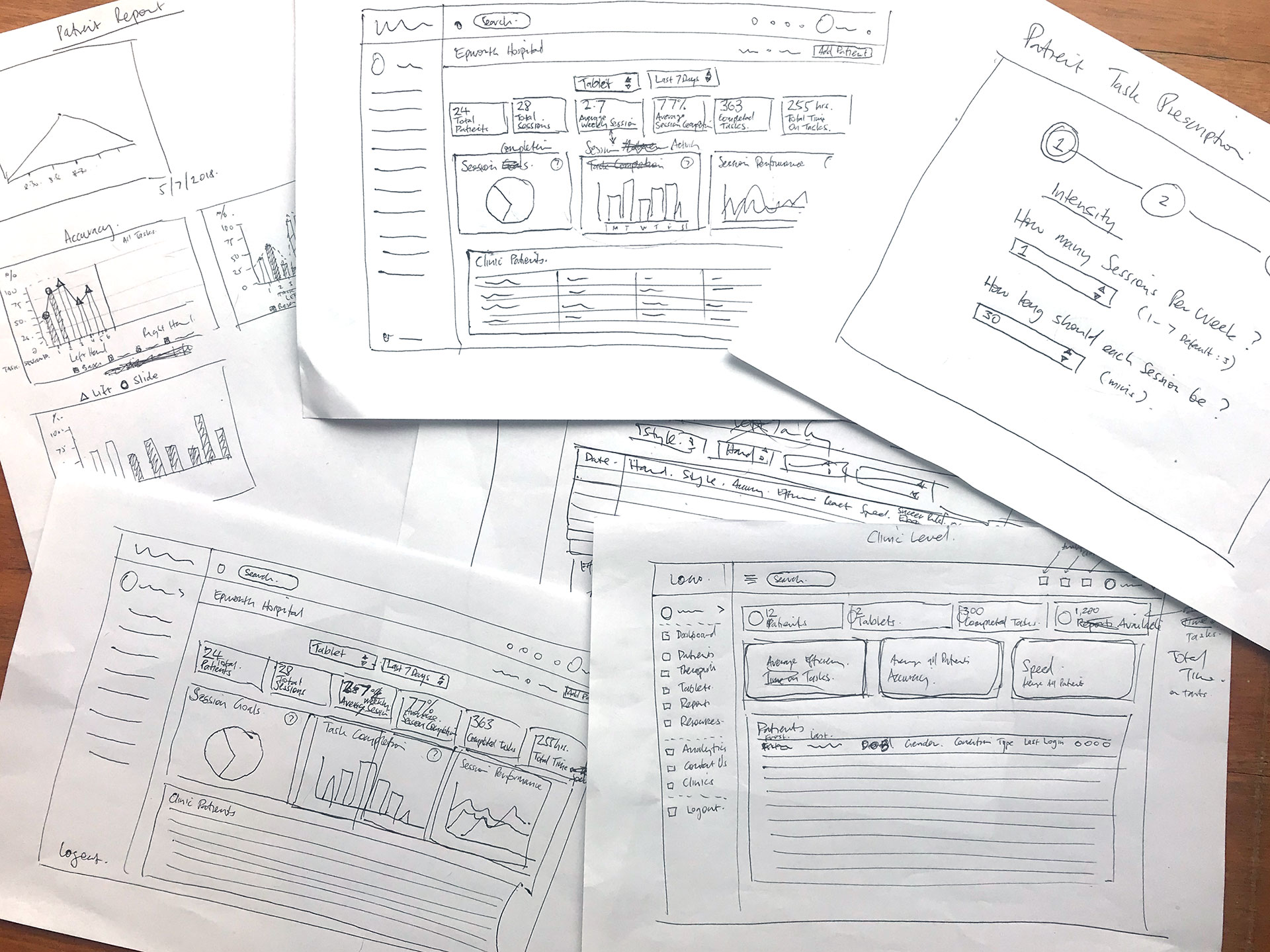
Wireframes
Lo-fidelity wireframes were created in Sketch to allow rapid transition and iterations into Hi-fidelity mock-ups. These were then uploaded into Invision to develop an interactive prototype for demonstration and presentation. These prototypes were then able to be tested within the team and with other users for feedback.
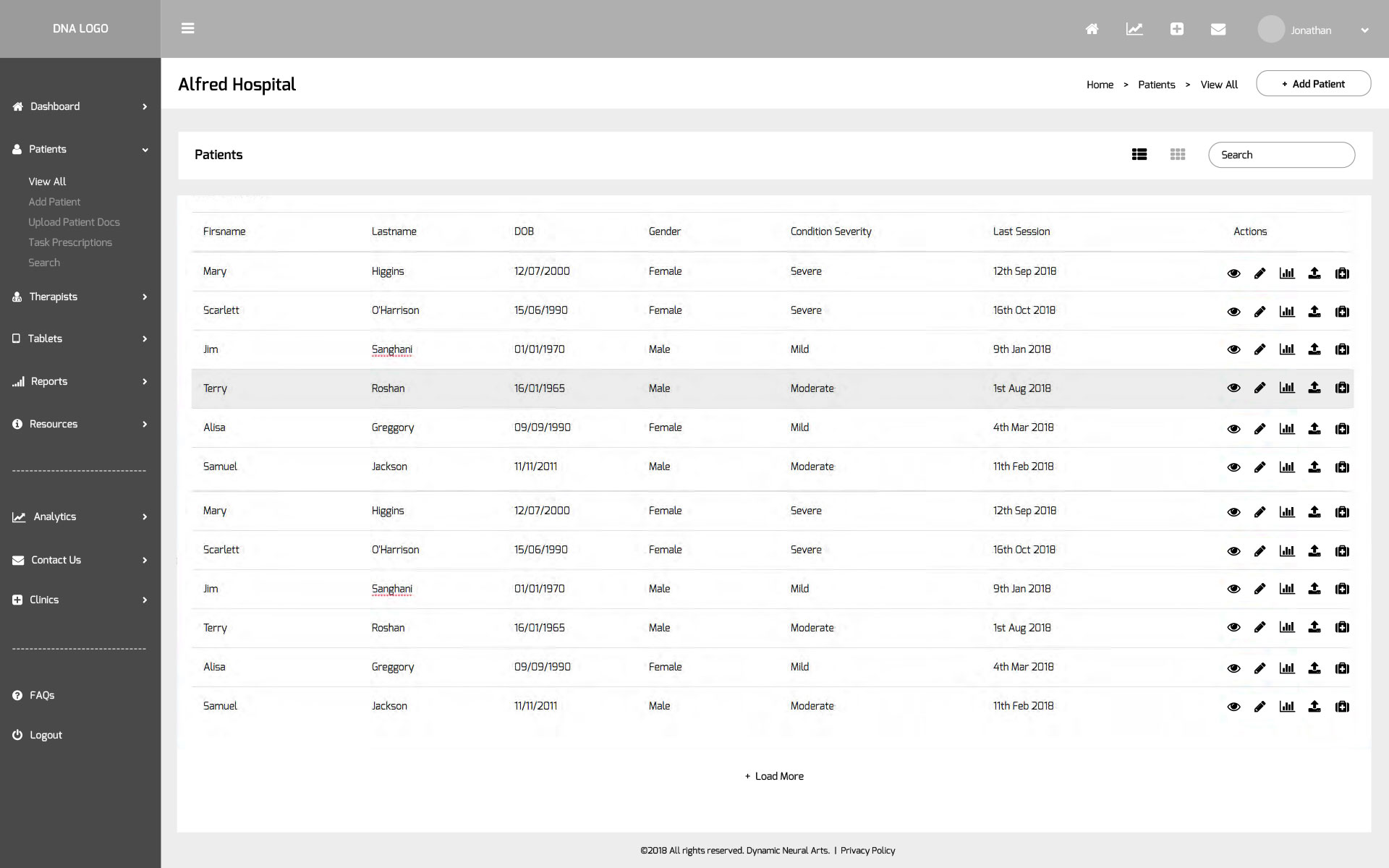
UI Design
The user interface design was refined with iterations made in Sketch and presented in Invision. The UI for the web app MVP was then finalised and delivered for production and development. An additional company website was also launched in parallel with the MVP which I designed and project managed.
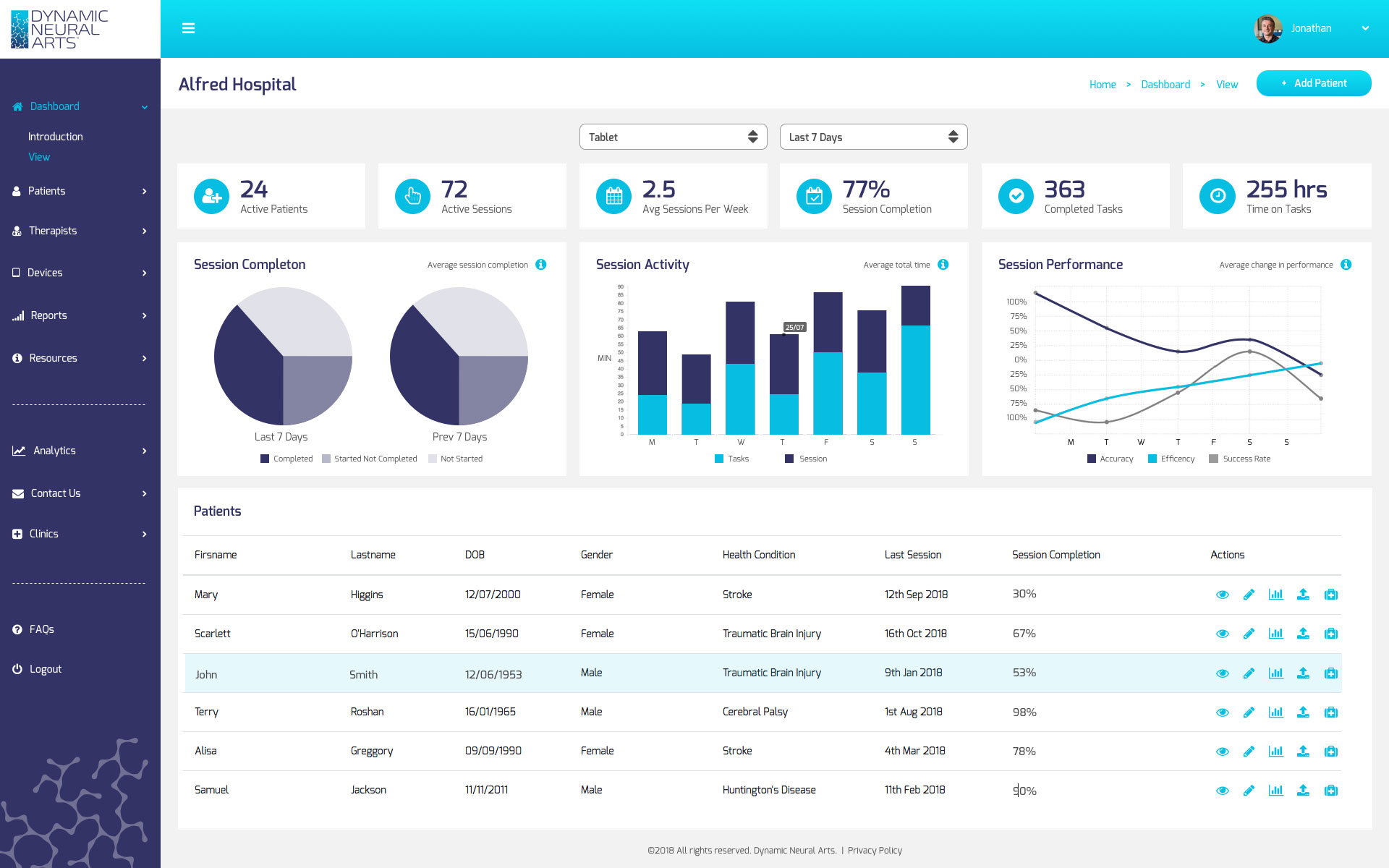
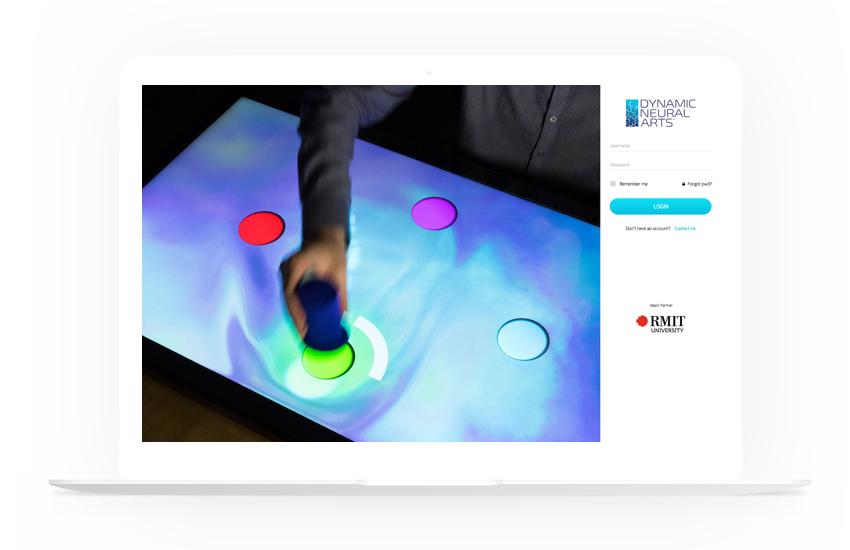
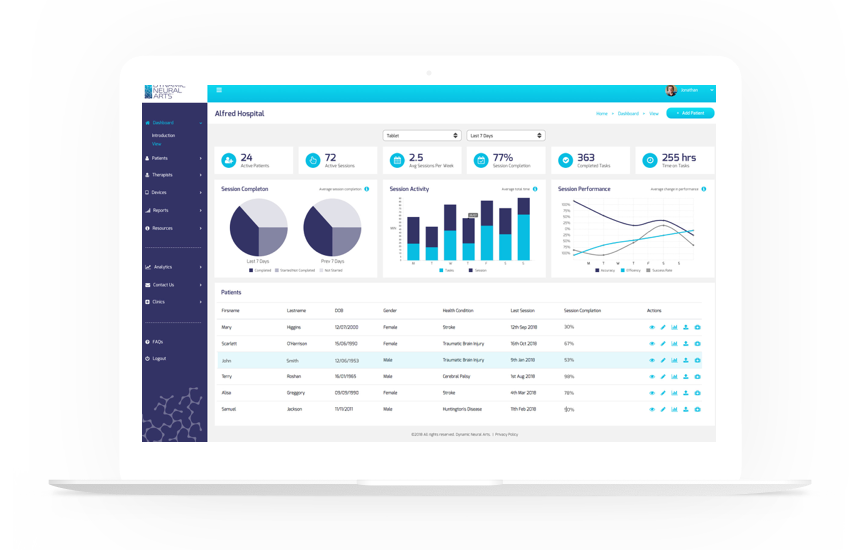
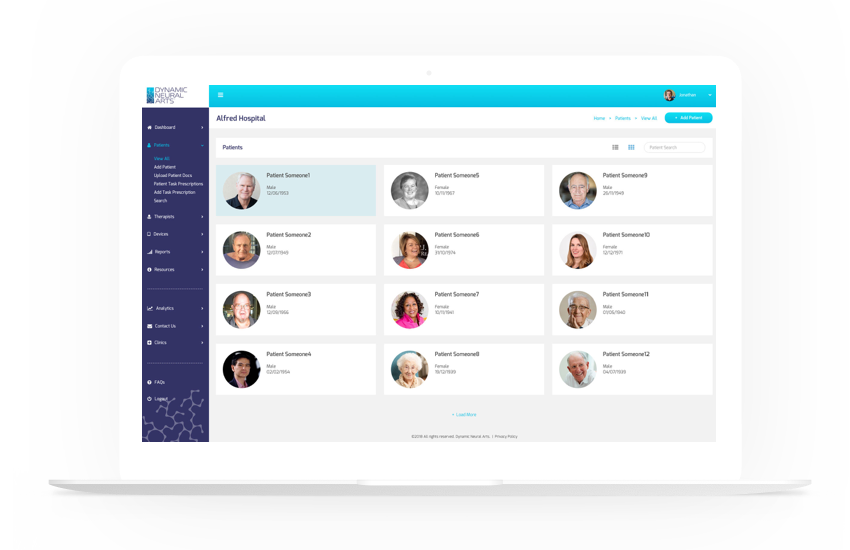
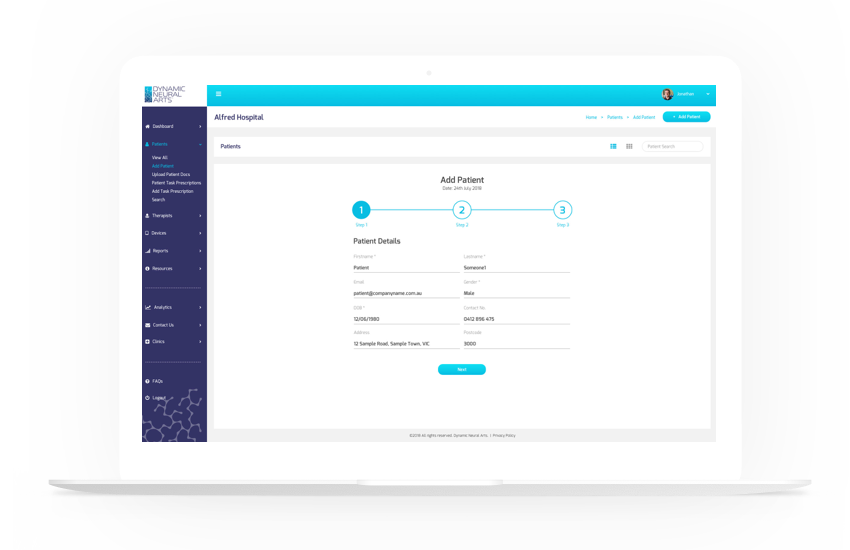
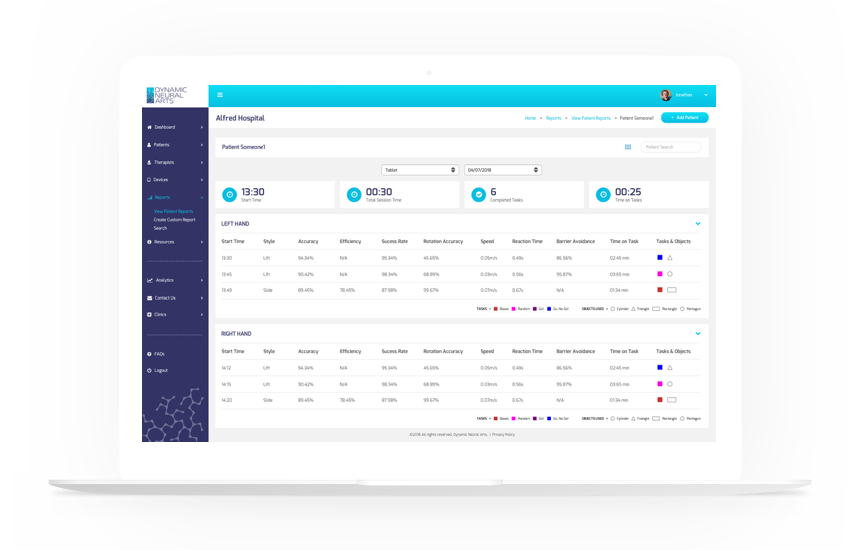
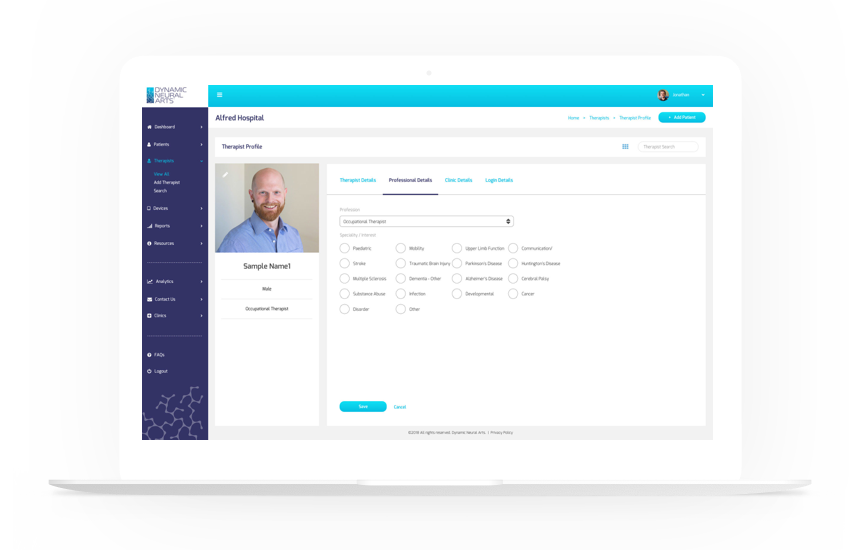

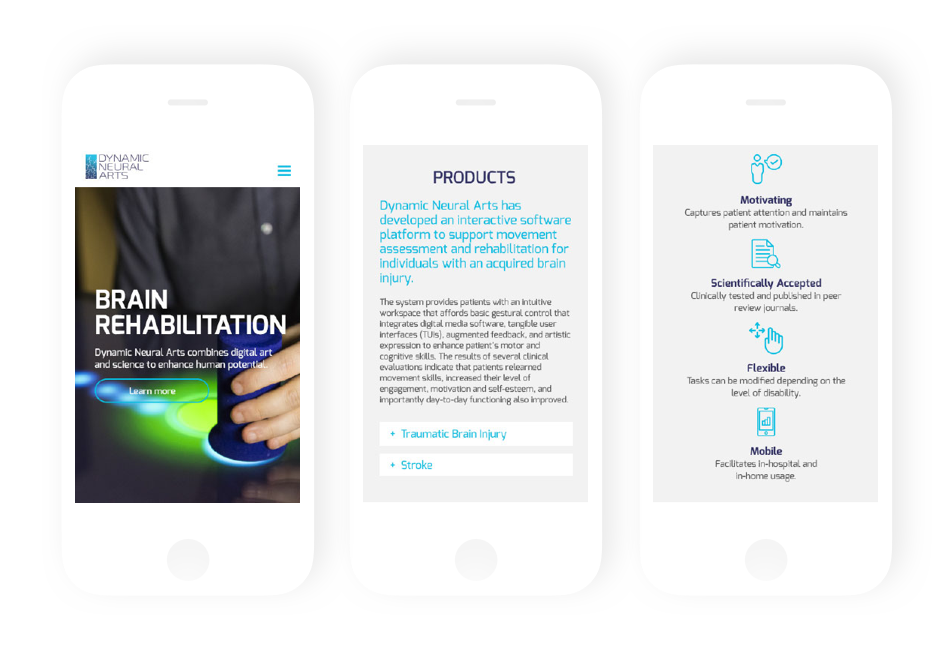
Measure
EDNA was released in 2019 with a number of studies and trials conducted in hospitals and clinics to verify and validate the MVP.
10Yrs+
Research
250+
Wireframes
10+
Users for Testing
300+
UX Hours
“There is no doubt, the project would not be this far advanced without a Lead UX Designer”
Founding Director & Project Manager, DNA

